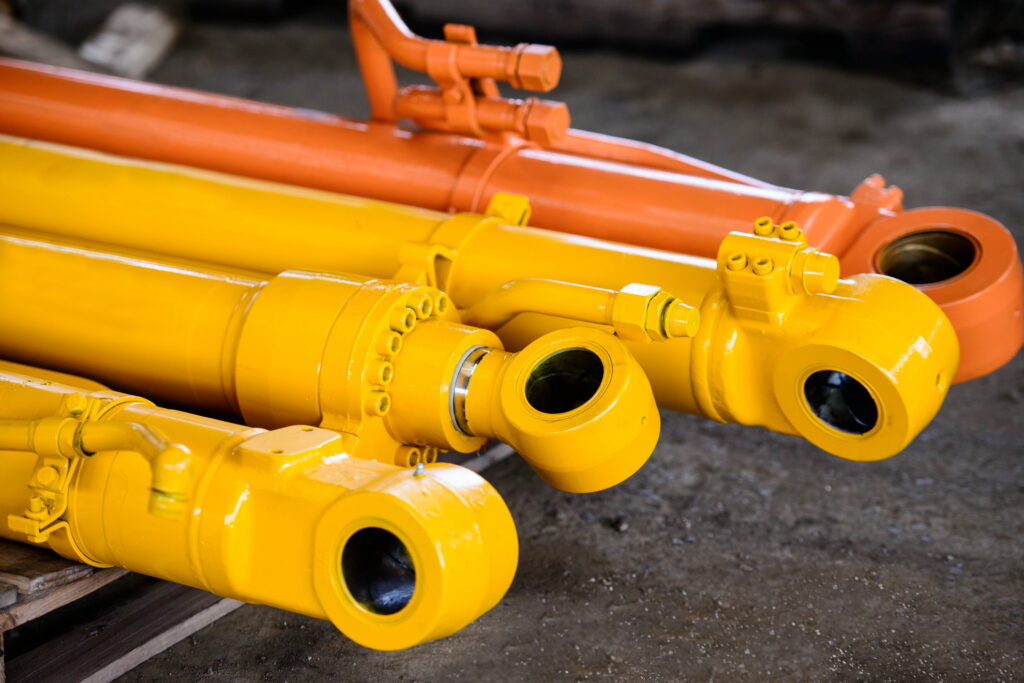Hidrolik silindirler çeşitli endüstriyel uygulamalarda önemli bileşenlerdir, İnşaat dahil, üretme, ve ulaşım. Güç ve hareket üretmede hayati bir rol oynarlar, Birçok makine ve ekipmanda onları temel bileşenler yapmak. Bu makalede, Tanımı tartışacağız, bileşenler, ve hidrolik silindirlerin çalışma prensibi.

Tanım:
Hidrolik silindir, sıvı basıncını doğrusal kuvvete ve harekete dönüştüren mekanik bir aktüatördür. Silindirik bir varilden oluşur, bir piston, bir piston çubuğu, ve son başlıklar.
Bileşenler:
- Silindirik varil: Silindirik varil, hidrolik silindirin ana gövdesidir., piston ve sıvı içerir. Yüksek mukavemetli malzemelerden yapılmıştır, çelik gibi, Yüksek basınç yüklerine dayanmak için.
- Piston: Piston, hidrolik silindirin içinde sıvıyı iki odaya ayıran hareketli bir bileşendir. Tipik olarak çelik veya alüminyumdan yapılmıştır ve silindir namlunun içinde serbestçe hareket etmek için tasarlanmıştır..
- Piston kolu: Piston çubuğu, pistonu çalıştırılan makineye veya ekipmana bağlayan bileşendir. Genellikle yüksek mukavemetli çelikten yapılmıştır ve piston tarafından üretilen doğrusal kuvvet ve hareketin harici yüke iletmekten sorumludur..
- Uç kapaklar: Uç kapaklar, hidrolik silindirin uçlarını kapatan bileşenlerdir. Genellikle çelik veya alüminyumdan yapılmıştır ve silindirin içindeki sıvıyı korumaktan sorumludur..
Çalışma prensibi:
Bir çalışma prensibi hidrolik silindir Pascal’ın yasasına dayanıyor, sınırlı bir sıvıya uygulanan basıncın her yöne eşit olarak iletildiğini belirtir. Silindir içine sıvı pompalandığında, pistona baskı uygular, doğrusal bir hareketle hareket eden. Bu doğrusal hareket piston çubuğuna iletilir, bu da onu harici yüke iletir. Sıvının basıncı, hidrolik silindir tarafından üretilen kuvveti belirler, ve pistonun boyutu, üretilen doğrusal hareket miktarını belirler.
